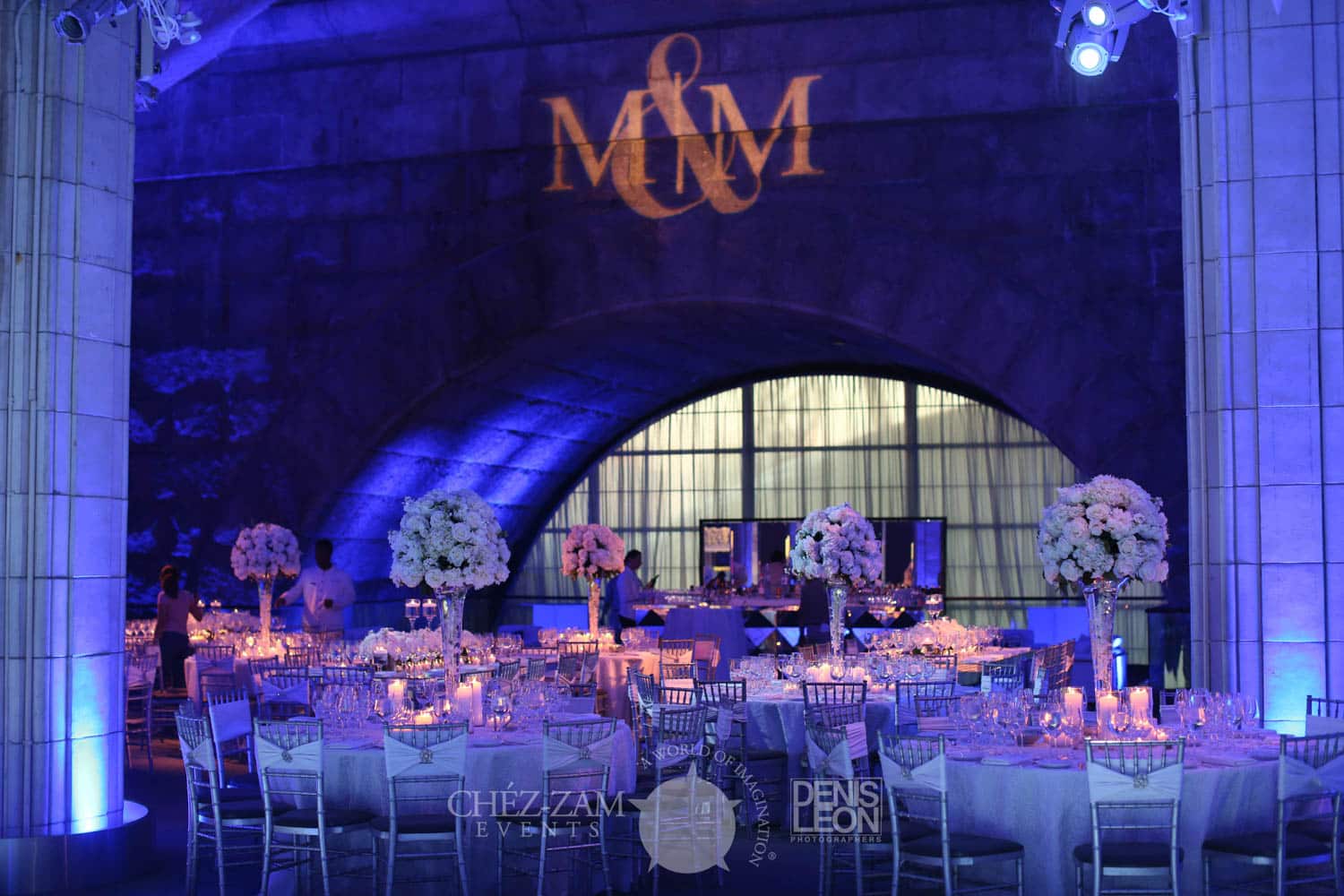Conquering Challenges in the Craft of Video Image Mapping Implementation
Wiki Article
Visual projections mapping technology is an innovative technology that transforms common areas into engaging displays. This technique enables creators and design professionals to cast images and footage onto objects like structures, sculptures, or stages, creating an immersive visual encounter. However, despite its potential, implementing video projection mapping effectively comes with several challenges. Understanding and addressing these obstacles is essential for anyone looking to create impactful projection art.
One of the main challenges in video projection mapping is guaranteeing that the projected image aligns accurately with the object. This process, known as "mapping," demands accurate measurements and calculations. If the display is not aligned properly, the images can look distorted or off. To tackle this issue, artists often use dedicated software that helps in mapping the visuals to the object's size. Moreover, conducting comprehensive tests before the ultimate projection can help identify any discrepancies and allow for adjustments to be made.

Another significant challenge is the different luminosity and hue of the projected visuals. Different surfaces respond differently to illumination, which can influence how the shades appear once cast. For instance, a pale surface will bounce brightness variously than a dark one. To overcome this, artists must think about the material properties before selecting the colors and light levels for their displays. Testing the projection on the real surface during the planning phase can provide essential insights into how the ultimate presentation will appear.
Technological issues can also create a hurdle in video projection mapping. Problems review such as equipment malfunction, software bugs, or connectivity problems can disrupt the entire project. To reduce these risks, it is essential to conduct thorough hardware checks and have contingency plans in place. This can comprise having additional cables, projectors, and even backup software choices ready to go. Being prepared for technological difficulties can ensure a more seamless execution of the display.
Finally, audience engagement is an important aspect of video projection mapping. While the visuals are critical, how the viewers engage with the presentation can make a significant difference. Artists must consider about how to create their projections to attract viewers’ attention and promote interaction. This can involve adding elements that encourage engagement or create a narrative that resonates with the audience. Gathering feedback website here from test viewers can also help refine the show to enhance engagement.
In conclusion, addressing challenges in video projection mapping demands careful preparation and creativity. By addressing the challenges of alignment, brightness, technical issues, and viewer engagement, artists can produce spectacular and impactful projections. With the right approaches in place, video projection mapping can change ordinary areas into remarkable experiences, engaging audiences and leaving a memorable impression.